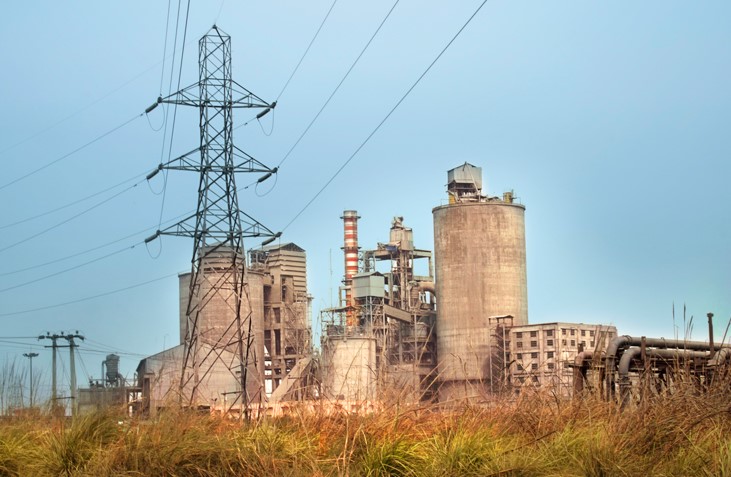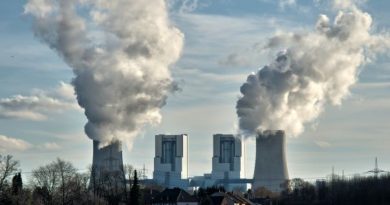ICRA Predicts Share of Green Power For Cement Companies At 42% by FY2025
 India's cement plants seeking reduction in emissions with green energy
India's cement plants seeking reduction in emissions with green energy
India’s cement sector, the world’s second largest producer, and one of the larger industrial polluters and world scale sectors of the economy, has so far gone for modest commitments to reduce their emissions by 15-17% over the next 8-10 years by increasing the share of blended cement, which uses less clinker and consequently less fuel, increasing the share of green power consumption through a mix of solar, wind and waste heat recovery system (WHRS) capacities. The effort is also to shift to alternate fuels.
Giving more insights, Anupama Reddy, Vice President and Co-group Head, ICRA, said: “The capital outlay towards green power investments by the major cement companies for the planned addition of 537 MW green power (solar + WHRS) is expected at around ~Rs. 5,500 crore in the next two years, considering per MW installation cost of Rs. 12-13 crore for WHRS and Rs 4-4.5 crore for solar plants. Such investments are likely to result in annual savings of Rs 2,000 crore in power cost for these companies once their planned green power capacities become fully operational.”
The cement industry is highly energy intensive and is one of the largest consumers of coal (as primary fuel), only behind iron, steel, and thermal power. The electricity requirements of the cement industry have traditionally been met from the state grid along with coal-based captive thermal power plants. Additionally, cement plants use significant quantities of coal during the clinkerisation process emitting greenhouse gases, which adversely impact the environment.
The extent of emission depends on multiple parameters such as the clinker factor, power consumption per tonne of cement, the thermal substitution rate and the green power mix present in the company. ICRA expects the share of blended cement in the portfolio of major cement companies to increase to 80-82% over the medium term from 77-79% in FY2023. In addition, the cement companies are looking to increase the proportion of Portland Slag Cement (PSC) in the blended cement varieties as its manufacturing involves the low clinker factor because of higher usage of slag, thus leading to lower emissions.
The increasing focus on green power is likely to lower the cement industry’s dependence on high-cost thermal power and grid for power requirements, thereby reducing the operating costs and the carbon footprint. Commenting on the benefits of green power, Ms Reddy added: “Assuming a thermal power cost at Rs 6.5 /unit, WHRS power cost at Rs 0.75 /unit and solar power cost at Rs 4.5/unit, a 25% replacement of thermal power consumption by green power could lead to cost savings of around 15-18% and an improvement in operating margins by 140-160 bps for cement companies, while also reducing the carbon footprint.”
With the reality being even lower costs currently for solar power, there is probably an urgent need for the cement sector to reconsider its targets. With profits high in India, there is also a case for seeking set offs for the high pollution and environmental impact of the sector by supporting initiatives elsewhere, be it in off grid clean power for communities, clean water and conservation access and more. One can only hope that the sector will not wait for a strong ROI logic to execute these actions now.




